Episodes

Thursday May 27, 2021
Episode 43 A Memorial Weekend Special - Zooming Along
Thursday May 27, 2021
Thursday May 27, 2021
Greetings, Art Lovers,
We hope you haven't forgotten us! It hasn't been easy, getting together over the last year or so, to record a podcast, but we hope you are all safe and happy and anxious to tune in to another episode of all things Art. This is our Memorial Day weekend special.
Just to bring things up to date, Connie tells us about the progress on her book and her work with the Camera Lucida, and David talks about how important it was to get out into the garden last summer to paint outdoors even during the lockdown.
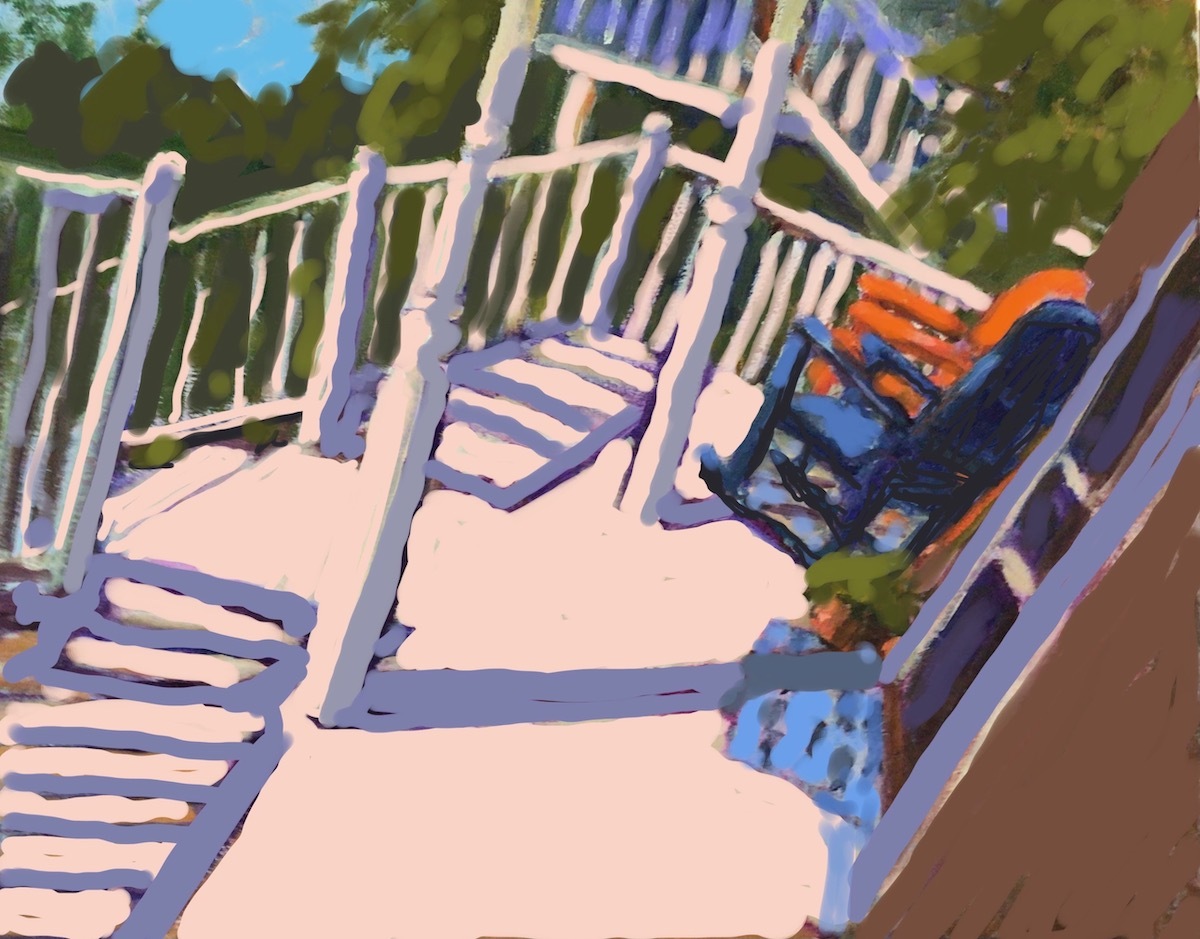
Connie and the Camera Lucida!
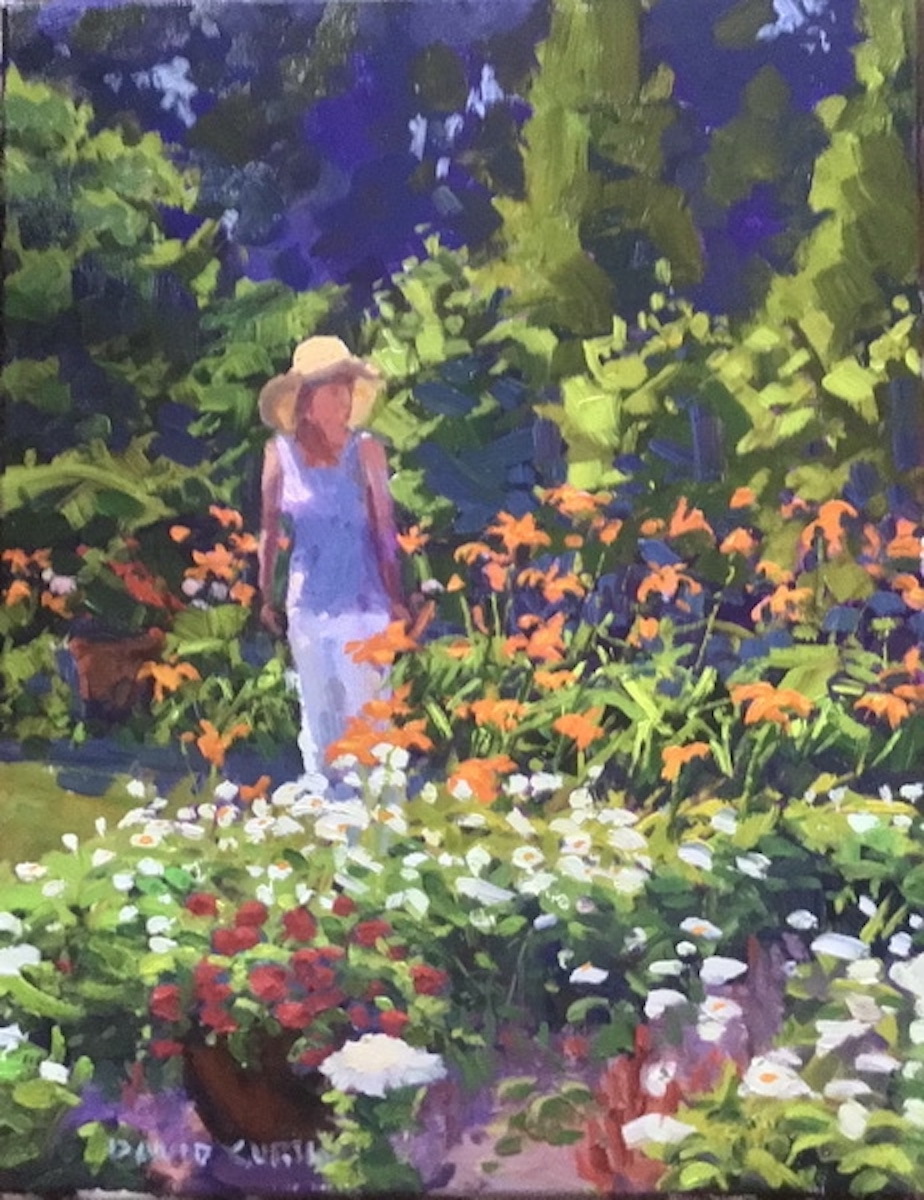
David 'Looking Back,' o/c, 18x14
Read the rest of this entry »
Tuesday Apr 14, 2020
Sequestration, the Vienna Secession and Other Thoughts from the Bunker
Tuesday Apr 14, 2020
Tuesday Apr 14, 2020
Episode 42
Greetings, Art Lovers,
We hope you are still all safe and healthy during these trying times.
With quarantine, isolation, and sequestration still ongoing, we must take care of our mental health as well as our physical well being. With that in mind, Judy kicks off with how art helps keep her on an even keel. Connie shares her ideas on how to keep going when life is almost at a standstill, and David updates us on how he has been keeping busy.
Connie and David, who both love to paint Plein Air but are currently sequestered in the studio, share images of recent interiors and how to bring a different mindset to working indoors. The three of them also discuss recent books they've been reading on art, art history, and creative psychology. They like to cover all the bases.
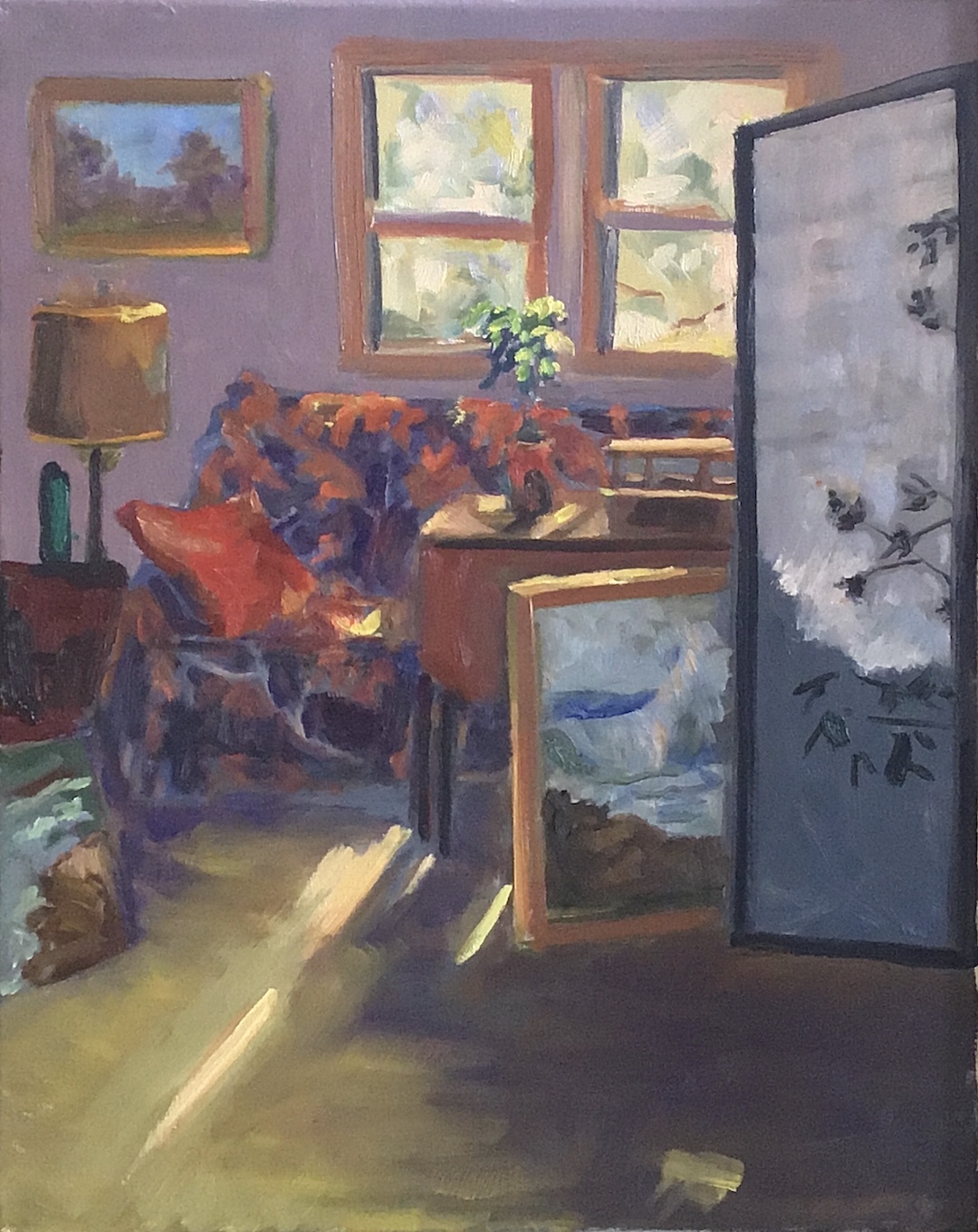
The Yin Corner by Lorwen C. Nagle
In addition, David discusses artists he has known, including Don Stone, Tom Nicholas, N. A., and T. M. Nicholas and their working methods.
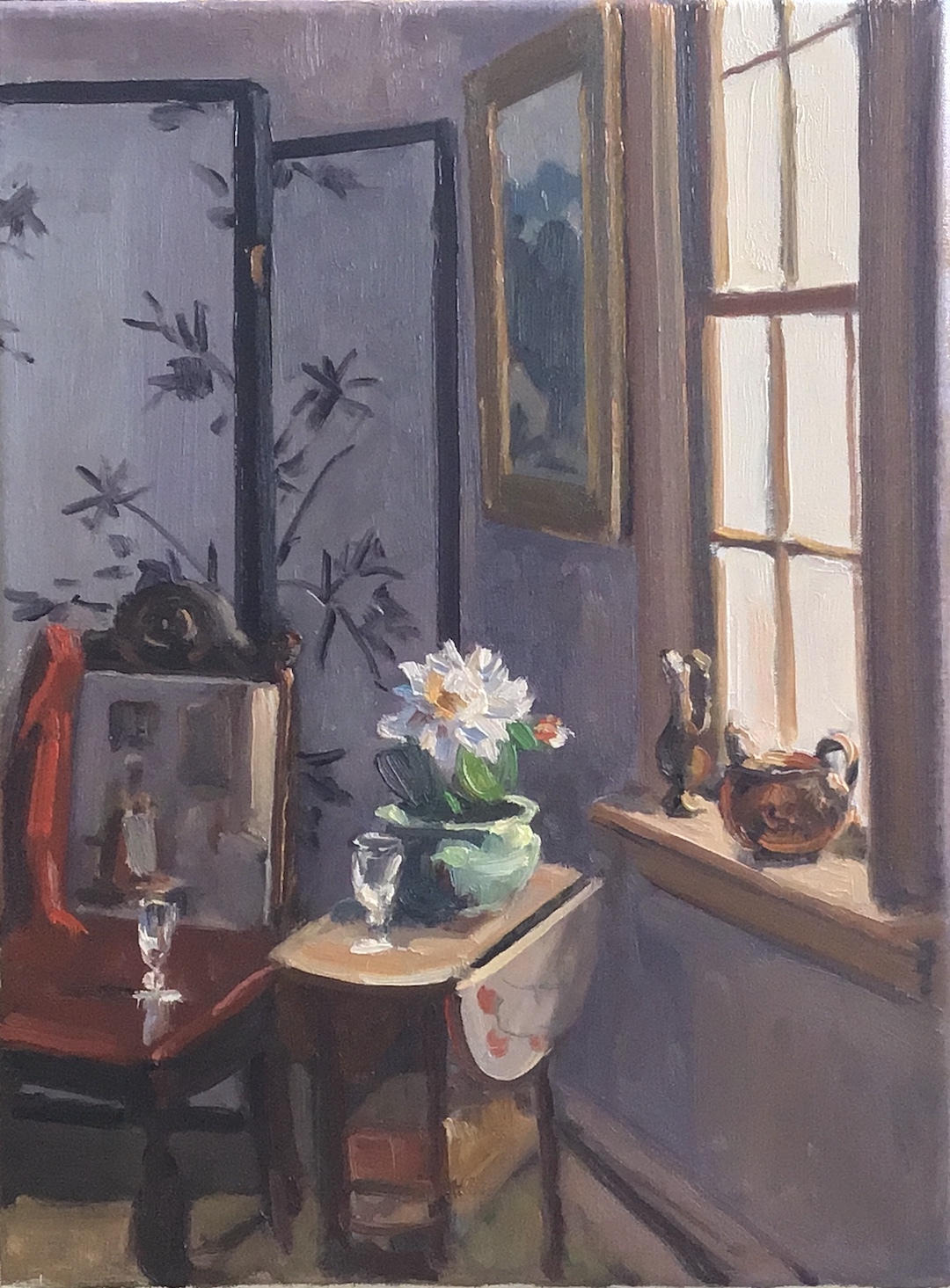
The Yang Corner by David P. Curtis
Then the discussion moves towards the importance of art history and what we can learn from earlier masters. David talks about George Inness, Connie discusses Klimt, Moll, and the Vienna Secession, while Judy chips in with the importance of local art history and some of the books she has authored over recent years.
Need something to read while you are waiting for your paint to dry? Here are some choices recommended to the Sight & Insight crew:
From Connie:
Here are some books I’d recommend that focus on the connection between art and psychology.
Kandel, Eric R., 2013. The Age of Insight. Random House: New York
Gombrich, E.H., 2000. Art & Illusion. Bollingen Series XXXV: Princeton University Press.
Kris, Ernst. 1965. Psychoanalytic Explorations in Art. International Universities Press: New York.
Arnheim, Rudolf. 1974. Art and Visual Perception: A Psychology of the Creative Eye (New Version). University of California Press: Berkley
From David:
These are some of the books on art that I never tire of picking up and leafing through:
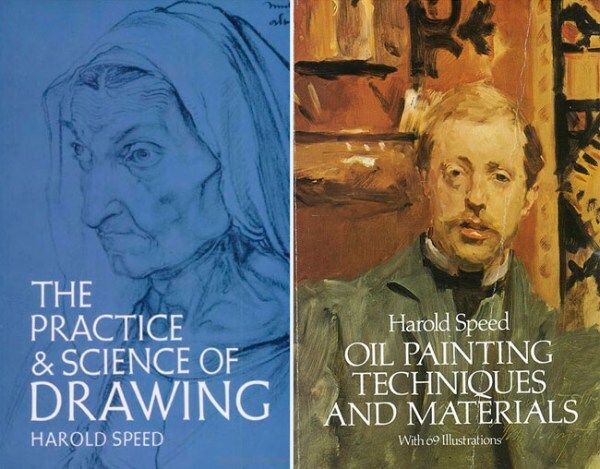
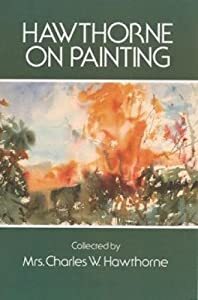
From Judy:
It's hard to pick a favorite out of all the art books we have around the house, but anyone wanting to know more about Cape Ann's connection to the art world should try:
Artists of Cape Ann: A 150 Year Tradition by Kristian Davies
Joseph DeCamp by Laurene Buckley
Frank Duveneck: Painter-Teacher by Josephine W. Duveneck.
And if you are interested, here are just a few of the books Judy has written on Cape Ann art and artists.

Well, that's it for this week's podcast. We hope you enjoy it. Hopefully, Connie, David, and Judy will be able to get back together again soon, so, until then, stay safe and healthy and immerse yourself in ART!
Cheers,
David, Connie, and Judy

Thursday Apr 02, 2020
A Safe Haven in Troubled Times
Thursday Apr 02, 2020
Thursday Apr 02, 2020
Greetings, Art Lovers!
We hope you are safe and healthy during the current social distancing parameters. Having isolated ourselves for the original two weeks and showing no ill effects, we decided to risk a podcast to send our best wishes to all you art lovers out there who are beginning, like us, to feel the cabin fever. Don't worry, we all kept a safe distance from the microphones, but we wanted to share some uplifting thoughts with you and encourage you to get out your paints, brushes, pastels, art books, snacks, and any other paraphernalia you might need to begin creating. Your imagination and creativity can take you well beyond the boundaries to which we must adhere at the moment.
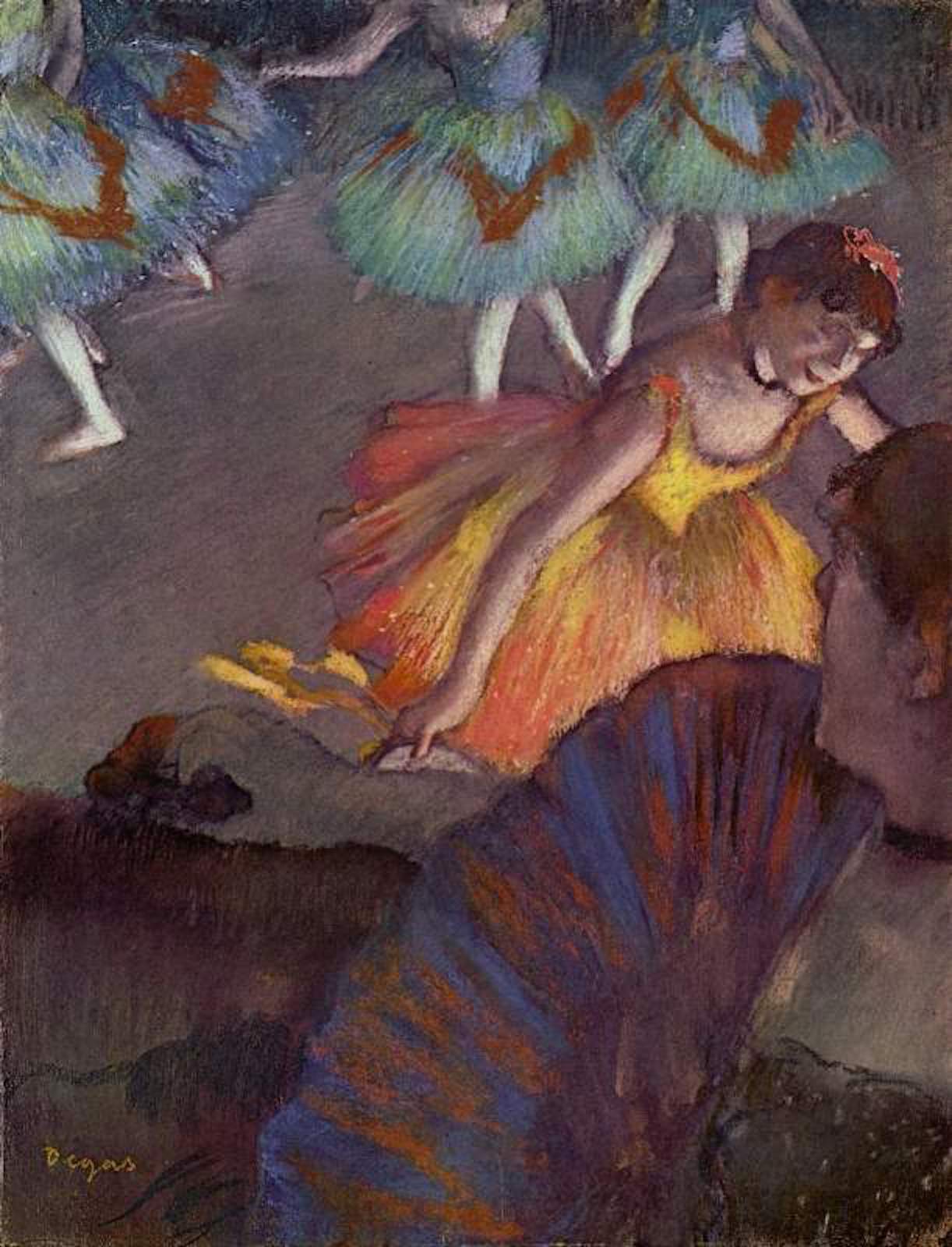
Edgar Degas A Ballet Seen from an Opera Box, 1885, pastel 29 ½ x 20, Philadelphia Museum of Art, Phila, PA.
People call me the painter of dancing girls. It has never occurred to them that my chief interest in dancers lies in rendering movement and painting pretty clothes. — Edgar Degas
Not sure where to start? Tune in now as David, Connie and Judy share thoughts and observations on art in general and what they have been doing to keep busy.
Connie begins with the fact that art is a safe haven during troubled times and relates how she has been working on a giant-sized painting (42 x 58?!) to engage her imagination. David has been cultivating Alexander Cozens' 'blot technique' and is fascinated by what can be found by creating a blot or scribble and then pulling a landscape or rocky coastline out of the fog. They also discuss Giovanni Boldini and Edgar Degas both of whom aspired to create the effect of movement in their work; Degas with his racehorses and ballerinas, and Boldini, known as the "Master of Swish", according to Time because of his flowing style of painting. ["Art: Master of Swish". time.com. 3 April 1933]
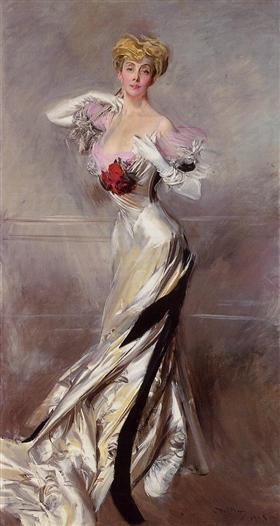
Giovanni Boldini, Portrait of the Countess Zichy, 1905, no details.
Observe how much movement Boldini creates with loose and flowing brushwork to emulate the texture of satin and net, as well as the suggested motion of the Countess. Softened lines contribute to the effect of movement.
As Connie says, we often find ambiguity in paintings, suggested notes that our minds try to comprehend. Is that flick of white on the horizon a mis-stroke by the artist, or, no, wait, it's a sailboat, a schooner in full sail, perhaps a rider on a white horse in a desert scene. The viewer is instantly engaged with the painting as his, or her, imagination discovers other small details. "We are wired," says Connie, our resident artist-psychologist, "to make something out of ambiguity."
Judy updates us on several art talks and presentations that had to be canceled, including "A Father & Son's Journey in Paint" Tom Nicholas, N. A. and T. M. Nicholas at the Cape Ann Museum, 'Gloucester Through the Artist's Eye for the Cape Ann College Women's Club and a presentation at the Whistler House Museum of Art in Lowell on A. T. Hibbard by both Judy and David. The latter two events are being rescheduled, and will be announced when they finally make it on to the calendar, even if it's next year!
Finally, David muses on the 2020 competition for a free workshop. He is still finessing the details but we ask you to stay tuned and, as soon as he has an official announcement, we will let you know. In the meantime, don't forget:
Difficulties are opportunities to better things, they are stepping stones to greater experience. Perhaps someday you will be thankful for some temporary failure in a particular direction. When one door closes, another always opens, as a natural law, it has to be, to balance. — Bryan Adams
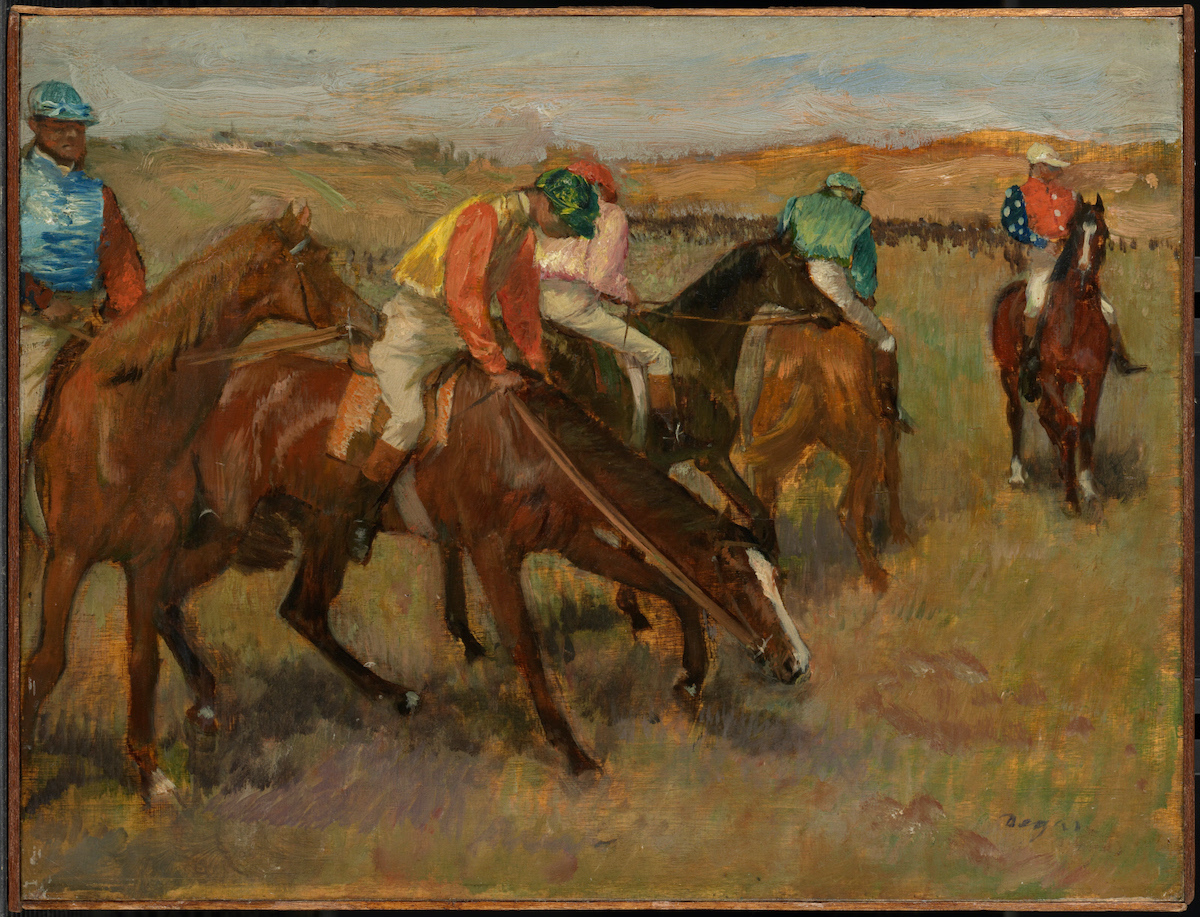
HILAIRE-GERMAIN-EDGAR DEGAS (FRENCH, 1834–1917)
BEFORE THE RACE, c. 1882, Oil on panel, 10 1/2 x 13 3/4 in. The Clark Art Institute, Williamstown, MA. Acquired by Sterling and Francine Clark, 1939. Ac. No. 1955.557

Tuesday Dec 10, 2019
The Paradox of Painting
Tuesday Dec 10, 2019
Tuesday Dec 10, 2019
Episode 40
[P]erception and thinking cannot get along without each other." Rudolf Arnheim, Visual Thinking, University of California Press, 1972, p. 188
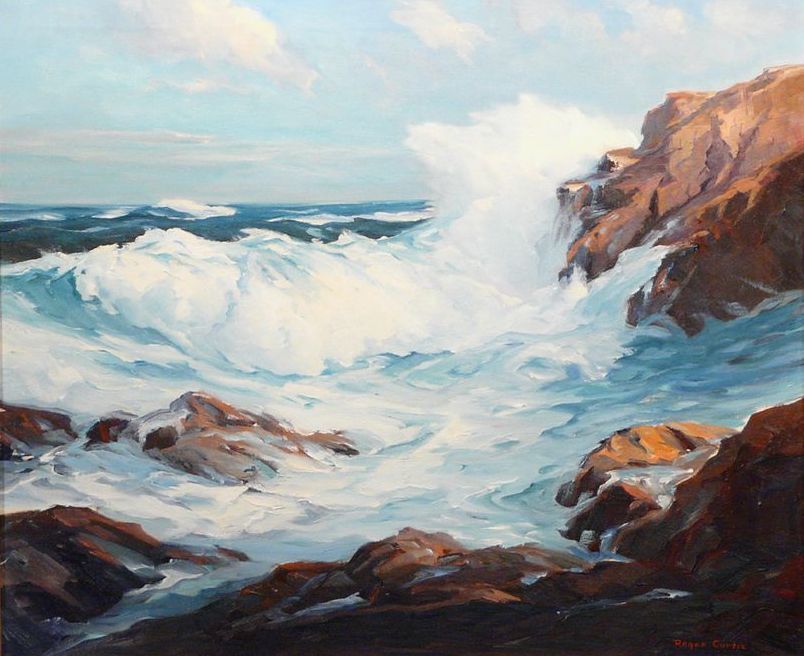
Roger W. Curtis (1910-2000) Break, break, break, on thy cold grey stones, O sea! o/c, 25 x 30
Seasons Greetings, Art Lovers!
Join Connie, David and Judy for a chat around the coffee table as they discuss the Paradox of Painting.
By definition, a paradox is "a situation, person, or thing that combines contradictory features or qualities." So what are some of the paradoxes we come across in painting? Well, there's the notion of Concept (ie interior thoughts) -v- Percept (external, action-oriented). Or Light -v- darkness. We also have Improvisation, rifting off one thing to come up with another; winging it -v- a literal, by-the-rules approach. There's also ambiguity -v- the clearly defined and, lastly, just as magnets can both attract and repel, there is the paradox in painting of Attraction, or Forms that Welcome us -v- Repulsion. Too much of anything can also rebuff us. In painting, balance does not necessarily mean equality of elements.
In learning to work with these paradoxes, we have to turn to the Grand School of Nature: the artist's greatest inspiration! George Inness, the prominent American landscape painter is a wonderful example of what can be achieved with paint and canvas.
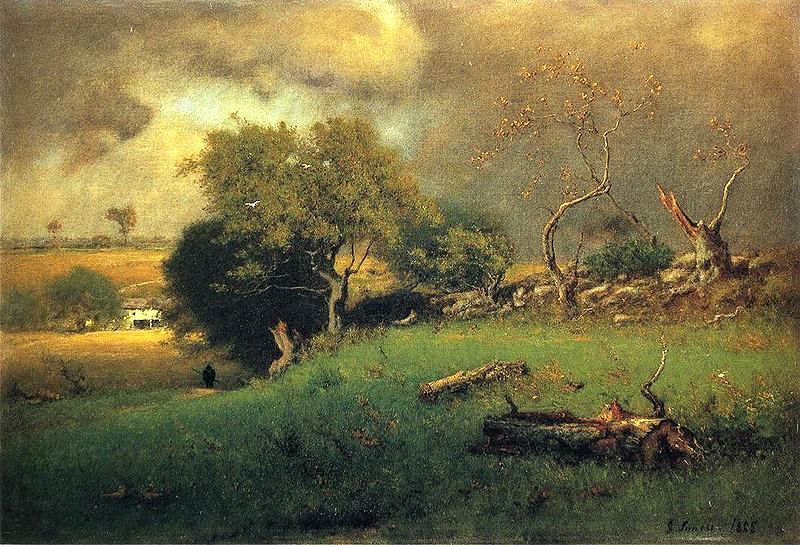
George Inness, The Storm, 1885, Reynolda House Museum of American Art, Winston-Salem, NC, US
We hope you enjoy the conversation. Join us next time for more thoughts on art and the people who make it. Until then:
Happy Holidays from
Connie, David and Judy


Deck the Halls
Deck the halls with boughs of holly,
Fa la la la la, la la la la.
Tis the season to be jolly,
Fa la la la la, la la la la.
Don we now our gay apparel,
Fa la la, la la la, la la la.
Troll the ancient Yule tide carol,
Fa la la la la, la la la la.
See the blazing Yule before us,
Fa la la la la, la la la la.
Strike the harp and join the chorus.
Fa la la la la, la la la la.
Follow me in merry measure,
Fa la la la la, la la la la.
While I tell of Yule tide treasure,
Fa la la la la, la la la la.
Fast away the old year passes,
Fa la la la la, la la la la.
Hail the new, ye lads and lasses,
Fa la la la la, la la la la.
Sing we joyous, all together,
Fa la la la la, la la la la.
Heedless of the wind and weather,
Fa la la la la, la la la la.
The music to Deck the Halls is believed to Welsh in origin and was reputed to have come from a tune called "Nos Galan" dating back to the sixteenth century. In the eighteenth century Mozart used the tune to Deck the Halls for a violin and piano duet J.P. McCaskey is sometimes credited with the lyrics of Deck the Halls but he only edited the Franklin Square Song Collection in which the lyrics were first published. The first publication date of Deck the Halls is 1881.

Tuesday Oct 08, 2019
This and That and Alexander Cozens
Tuesday Oct 08, 2019
Tuesday Oct 08, 2019
There is No Direct Path to Reality, or Alexander Cozens and the Blot on the Landscape
Connie began reading about the psychology of Cozens' work - preceding the Roscharch psychological test by a decade or more - and passed on her findings to David, who also became intrigued. They will be covering Cozens' work in more depth in their upcoming book, In Focus 2020. Judy then picked up the baton and started researching Cozens and was, of course, delighted to find he has English roots, albeit he was born in St. Petersburg, or thereabouts, where his father was working at the time on creating Peter the Great’s imperial navy.
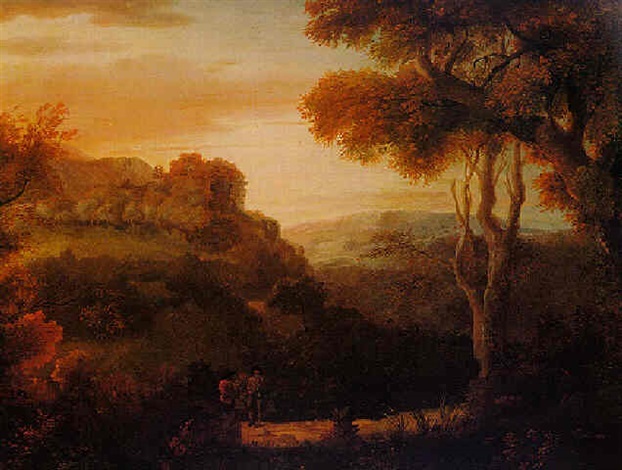
Alexander Cozens, Vale near Matlock, Derbyshire, oil on canvas, 27 1/2 x 35 1/2, private collection
Cozens (1717–1786) studied in London from 1727, and by 1733 had learned etching. After his father's death in 1735, Cozens returned to Russia to assist his family who were suffering hard times. In spring of 1746, Cozens sailed for Italy, and settled in Rome. He worked in the studio of the eminently successful French landscapist Claude-Joseph Vernet (1714-89), making Cozens one of the first British artists to study and work in Rome.
Sadly, Cozens lost many of his Italian works while traveling through Germany on his return to England in 1749. Interestingly, those paintings that did survive were recovered in Florence by his son in 1776. Want to know more? Here is a great link to further information and images Alexander Cozens - Experimental Painter, His Tercentenary
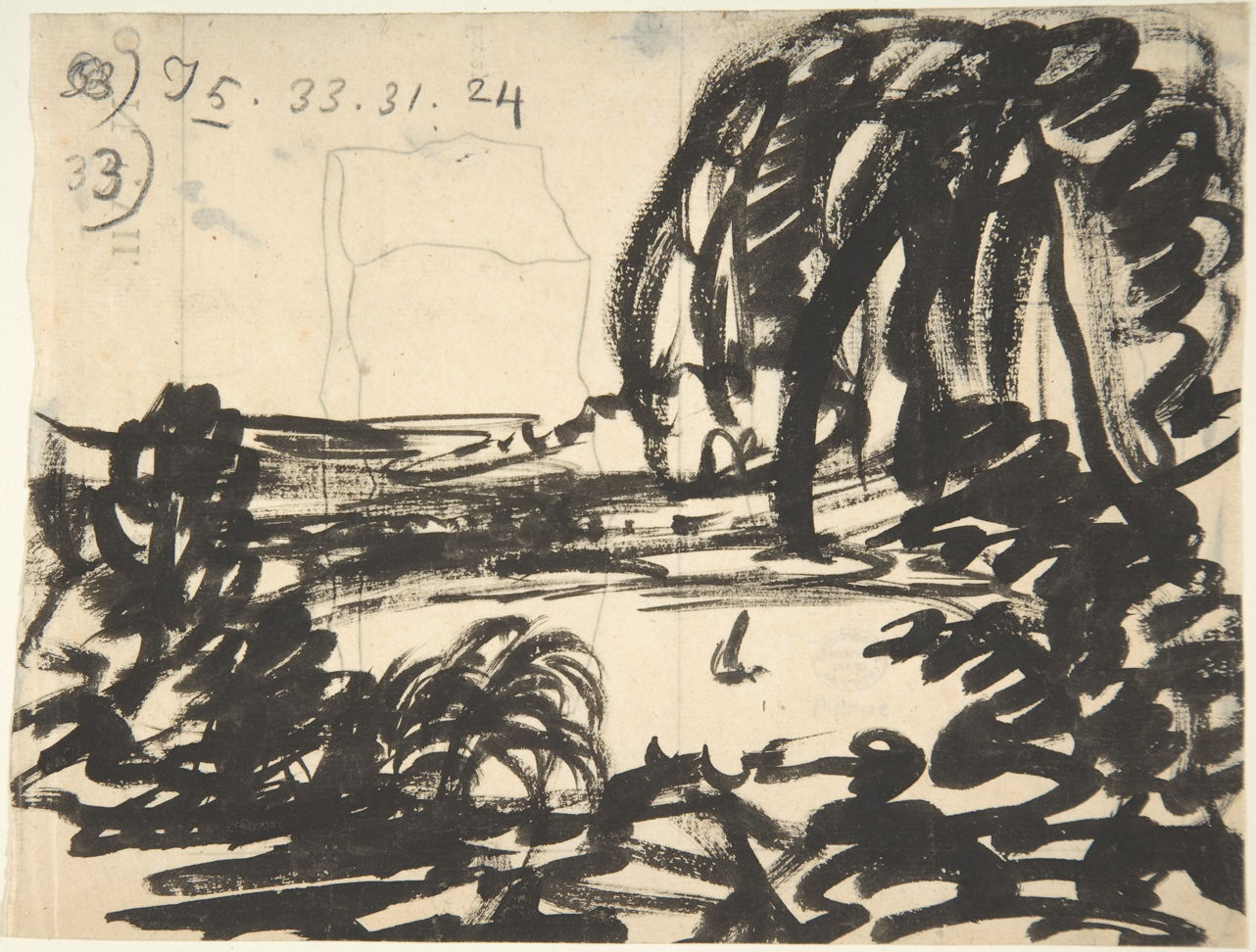
Alexander Cozens (1717–1786), A Blot-Lake with Boat, Surrounded by Trees (date not known), brush and black ink, 16.2 x 21 cm, The Metropolitan Museum of Art (Harris Brisbane Dick Fund, 1930), New York, NY. Courtesy of The Metropolitan Museum of Art, via Wikimedia Commons.
If you have enjoyed discovering the work of Alexander Cozens as much as Connie, David and Judy have, then check out more of his work online. His method of landscape painting is truly inspirational!
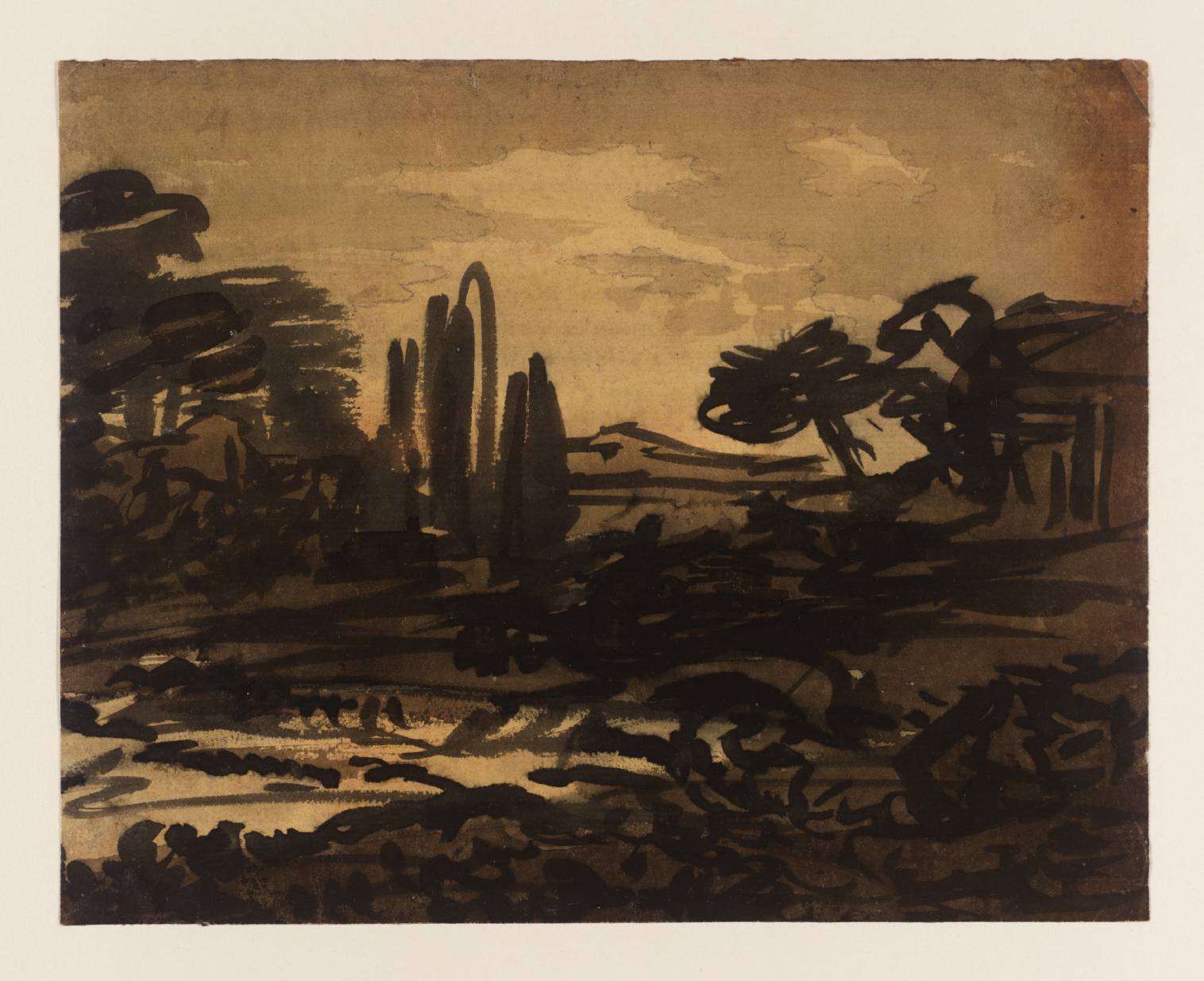
Alexander Cozens, A Blot: Landscape Composition, c.1770–80. Watercolour and graphite on paper, Tate, London, UK, purchased as part of the Oppé Collection with assistance from the National Lottery through the Heritage Lottery Fund 1996
Ref.: T08114
Cozens's famous 'blot' technique was fully evolved by the 1750s. However he did not explain it in detail until the publication of 'A New Method of Assisting the Invention in Drawing Original Compositions of Landscape' (1786). The idea seems to have originally been developed by him as a teaching aid, to liberate the imagination of the student who, he felt, spent too much time in copying the works of others. He wrote that the blot was a 'production of chance, with a small degree of design'. The true blot was 'an assemblage of accidental shapes', 'forms without lines from which ideas are presented to the mind'. Blotting was done deliberately, the 'rude forms' which result having been made 'at will'. [Tate, London, UK Gallery label, September 2004]
"Everything that is painted directly and on the spot has always a strength, a power, a vivacity of touch which one cannot recover in the studio... three strokes of a brush in front of nature are worth more than two days of work at the easel." — Eugene Boudin
Until next time, happy painting, happy art loving,
David, Judy and Connie



Monday Sep 23, 2019
Catching Up
Monday Sep 23, 2019
Monday Sep 23, 2019
Greetings, Art Lovers!
Well, it's a while since we were able to gather around the coffee table and talk art. Where did the summer go? Life in the 21st century can be very hectic. Technology is great - while it's working right. When it isn't, it can be frustrating. That's why we really need art, painting, creativity, music, writing and all those things that feed our soul.
Join David, Connie and Judy as they catch up with each other after a busy summer.
David and Connie, and their friend artist Tom Heinsohn, will be hosting an exhibition in Kittery Point, Maine, on Saturday, September 28 and you are more than welcome to join them for good food, great art, and scintillating conversation.
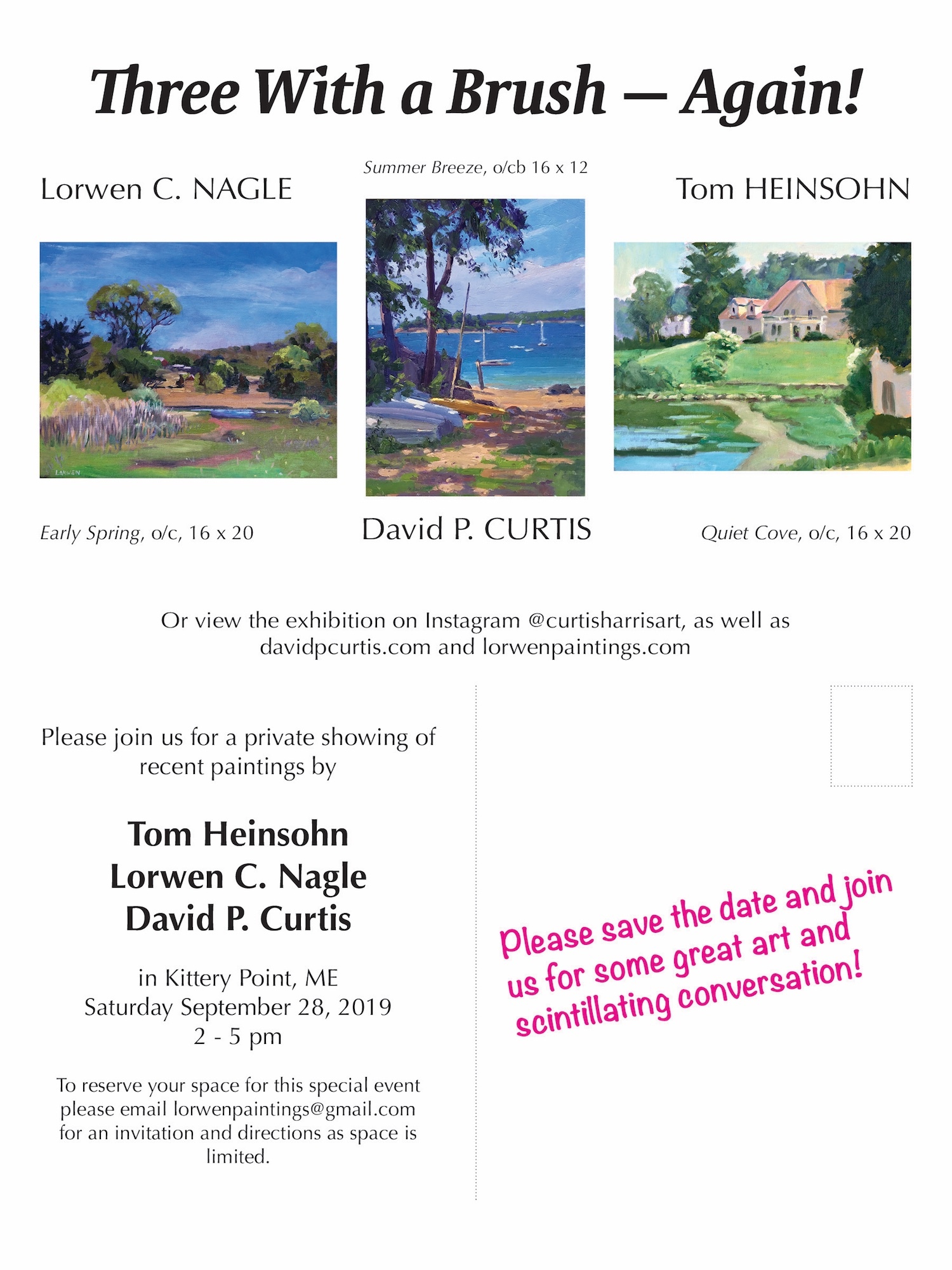
Please park at the First Congregational Church of Kittery Point parking lot, 23 Pepperrell Rd, Kittery Point, ME 03905 and take the chauffeur driven limo to the venue.
Cheers,
Connie, David and Judy



Monday Mar 18, 2019
Copying the Masters
Monday Mar 18, 2019
Monday Mar 18, 2019
Episode 37: Copying the Masters
"Perhaps one of the most essential exercises in learning to paint is the copying of master works in the museums." — Igor Babailov
Want to paint like a Master? Before you can paint like one whose works have stood the test of time, you have to study their work and comprehend what they did and how they did it. In other words Copy a Master!
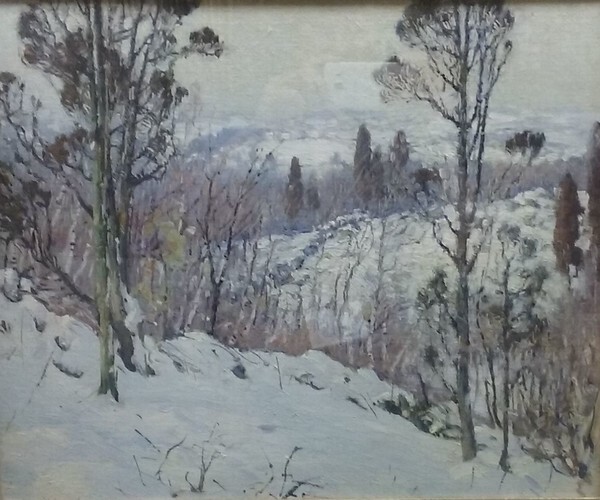
A. T. Hibbard, Belmont Hills in Winter, 15 x 18, RAA&M Permanent Collection, 12.1.4
This coming weekend, March 23 and 24, David will be teaching a Copying from the Masters workshop at Rockport Art Association & Museum, 12 Main Street, Rockport, MA 01966. Hours: 9.30 - 3.30.
Following the time-honored tradition of improving one’s painting skills through the study of master artists, this two-day oil painting workshop will concentrate on replicating masterpieces from the RAA&M Permanent Collection. David Curtis will guide students through the artistic process as students copy works from the Museum Collection. Throughout the day, David will circulate in order to assist students with their understanding of how the selected artists went about creating his or her work while providing insight into the student's individual technique and style.
Lorwen 'Connie' Nagle will also be on hand to provide assistance.
For sign up, please go direct to Rockport Art Association & Museum:
https://www.rockportartassn.org/workshops/painting-from-the-old-masters-with-david-p-curtis
Much can be learned through this process and it will enhance your work when you go outdoors to work on your own compositions. And because so many of the paintings in the RAA&M collection are from Cape Ann, many of these scenes may still be available for your to go and paint yourself.
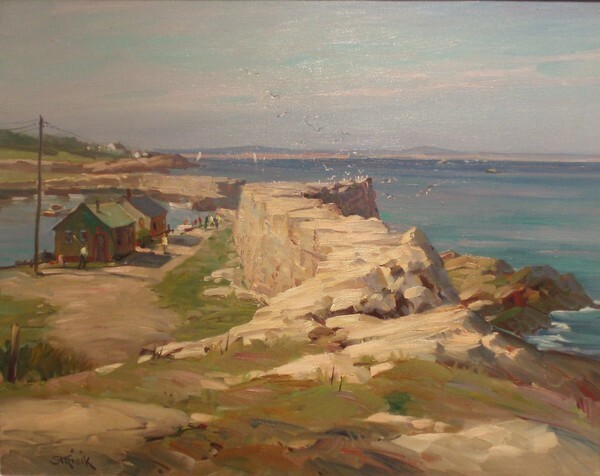
Paul Strisik, The Granite Pier, ca. 1960s, 24 x 30, RAA&M Permanent Collection, 02.1.3
Wishing you happy painting days and don't forget to join us in two weeks for some more Sight and Insight with David, Connie and Judy.



Wednesday Mar 06, 2019
Wagons West or The Texas Two Step
Wednesday Mar 06, 2019
Wednesday Mar 06, 2019
Episode 36: Wagons West or The Texas Two Step
This week our intrepid trio discuss plans to head out west to the Lone Star State to paint the early flora and fauna of the Texas Hill Country.
"Life is creation – self and circumstances, the raw material." — Dorothy Richardson
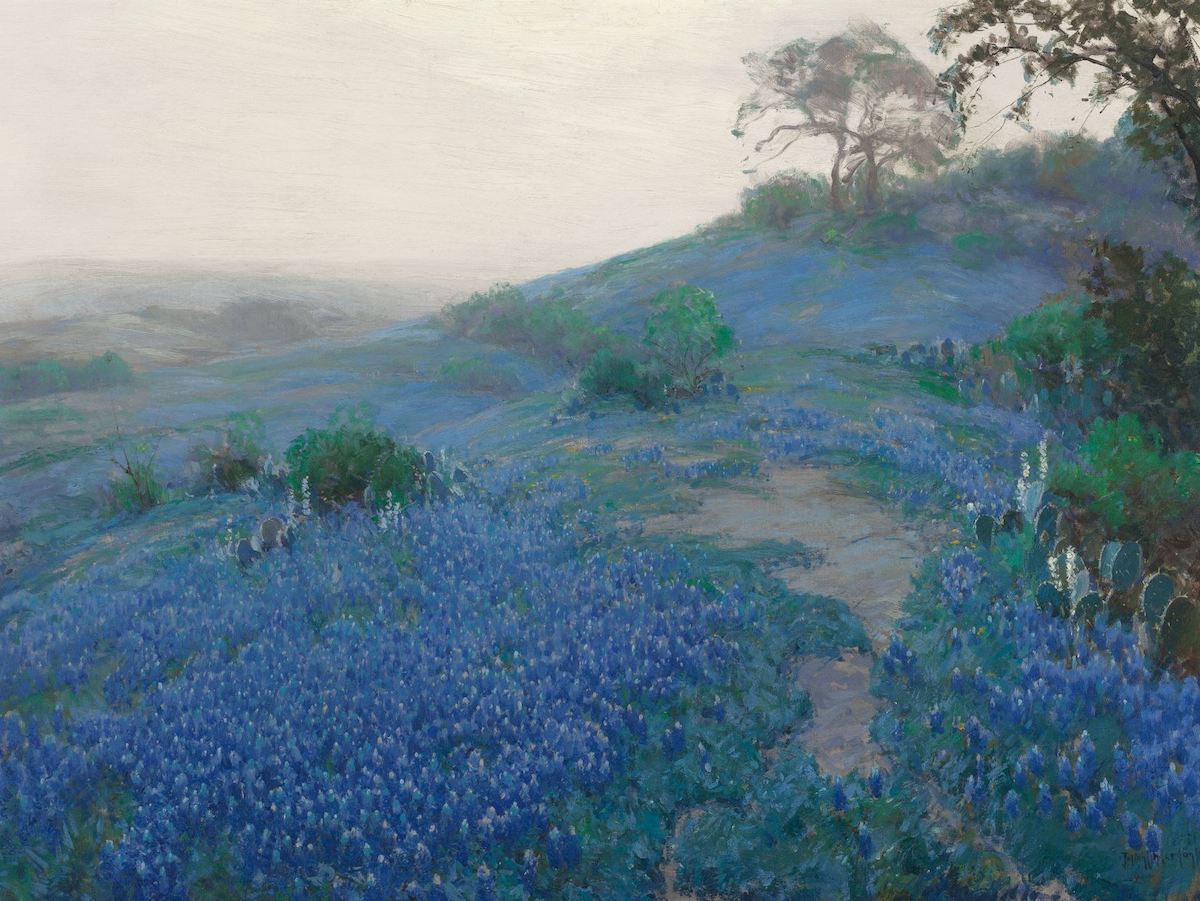
Julian Onderdonk, Blue Bonnet Field, Early Morning, San Antonio, Texas, 1914, oil on canvas, 30 1/2 x 40, private collection
Although a painter should be able to find stimulating material even in his, or her, own back yard, there is nothing like a field trip to stir the creative juices. Of course, you always have to keep your fingers crossed that the weather plays its part, and the flowers bloom at the right moment, but other than that.... Still, if it wasn't for the unknown, life would be boring. The thought of creating the next great painting is what keeps an artist fresh and on their toes.
Connie and David talk about what they hope to achieve, and some of the problems artists come up against when traveling with all their gear. One wonders how artists managed it years ago. Jane Peterson, Gertrude Fiske, Frank Duveneck and 'the Boys' traveling throughout Europe, and the intrepid Anthony Thieme, who painted in numerous countries while traveling from his native Holland to Boston. Perhaps they had less rules and regulations to cope with!

Jose Arpa y Perea, Verbena, oil on canvas, 24 x 34, Texas Prize, 1927
So, let's cowboy up, and see what gems come out of this trip. Until we talk again,
Happy painting to one and all.
Connie, David and Judy
"Where the spirit does not work with the hand, there is no art." — Leonardo da Vinci



Tuesday Feb 19, 2019
Episode 35: Play in the Production of Paintings
Tuesday Feb 19, 2019
Tuesday Feb 19, 2019
"The creation of something new is not accomplished by the intellect but by the play instinct acting from inner necessity. The creative mind plays with the objects it loves." Carl Jung
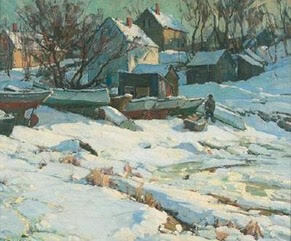
A. T. Hibbard, Lane's Cove, oc, private collection
Creativity, as Jung says, is - or should be - a playful thing. A. T. Hibbard, the noted Cape Ann painter, would tell students that painting is 'hard work,' and that 'if you're not worn out when you're finished, you haven't been doing it right!' However, it is easy to see from any Hibbard painting that despite the hard work aspect, there has also been a playful element included in creating the design. The rhythm seen in a Hibbard scene, especially one of his plein air winter landscapes, shows that despite 'suffering for his work,' he also enjoyed himself immensely. The feeling of excitement and pleasure in the exhilarating moment of creation is easy to discern.
So how do we learn to play with our art? Join Connie, David and Judy as they look at different ways to improve your design creativity by changing the way you look and see things. For instance, what do you see below?
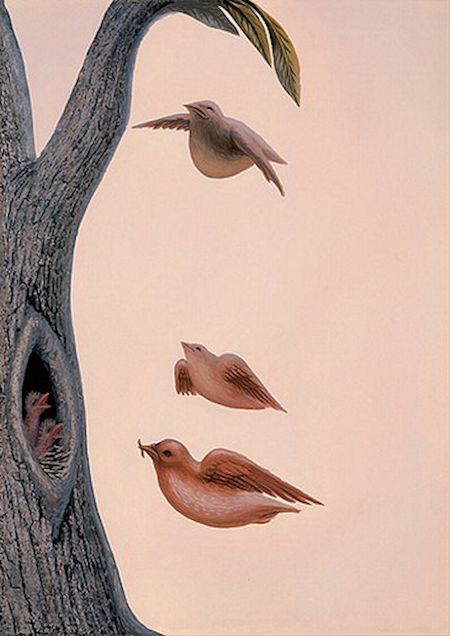
Or how about this?

Intriguing, right? How easily the mind can play tricks. Hope you enjoy this week's podcast, and it's not too late to sign up for Sunday's critique, February 24, three paintings person, with a brief introduction by Connie on the Voyage of Vision. Come join the fun. Refreshments will be served. Tuition $35.
Email davidpcurtis@comcast.net to register. Location will be Gloucester, Massachusetts. Directions will be given on sign up.


Have a great week.
Cheers,
Connie, David and Judy

Monday Feb 04, 2019
Episode 34 A Voyage of Vision: From Right to Left and Back Again
Monday Feb 04, 2019
Monday Feb 04, 2019
"The creative act is not hanging on, but yielding to a new creative movement. Awe is what moves us forward." —Joseph Cambell
In today's episode, Connie introduces the two modes of thinking that work together, for an artist, when painting. Understanding how they work will enable you to become even more creative and, thus, more artistic!

Connie and David enjoy a great discussion on moving back and forth, from one side of the brain to the other, whereas Judy is apparently stuck in her cubicle and couldn’t even see the bridge from left to right, never mind finder her way to it! Perhaps she’s reading too much. She is currently absorbed in ‘M: The Man Who Became Caravaggio’ by Peter Robb.
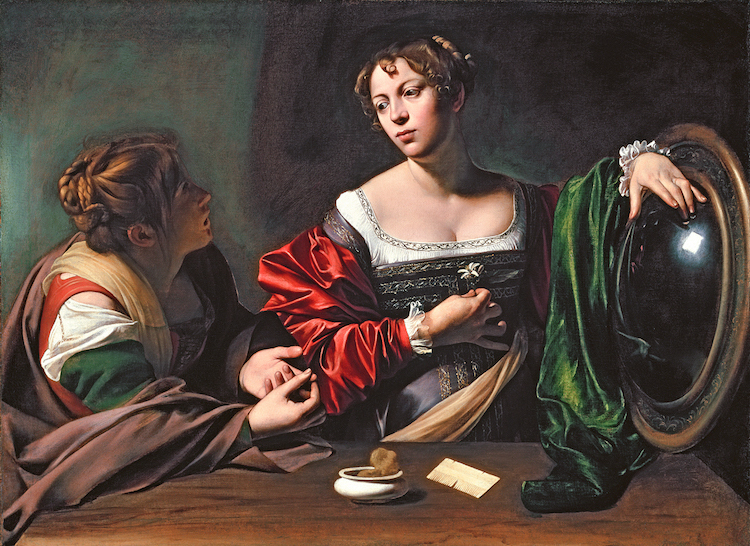
Michelangelo Meriti da Caravaggio (1571-1610) Martha and Mary Magdalene, c. 1598, oc, 38 1/2 x 52 1/4, Detroit Institute of Arts, Detroit, MI. PD-US.
All this is a precursor to the Sight&Insight presentation and critique by Connie and David on February 24th. Stay tuned for how to reserve a seat. Space is limited.
Generally, Connie says, the left side of the brain, the language side, dominates our thinking. But, as our resident artist and psychologist, Connie is going to give us some unique ways to help the "silent right side of the brain come out and do it's thing!" Sounds like a plan, Judy, for one, needs all the help she can get. In viewing the cartoon of both sides of the brain, she didn't even notice the bridges!

In the meantime, happy February, and join us the week after next for the continuing saga of working with your brain for greater creativity: Episode 35, Play in the Production of Paintings.
Cheers,
Judy, Connie and David
"Do not let it look as if you reasoned too much. Painting must be impulsive to be worth while." —Charles W. Hawthorne



